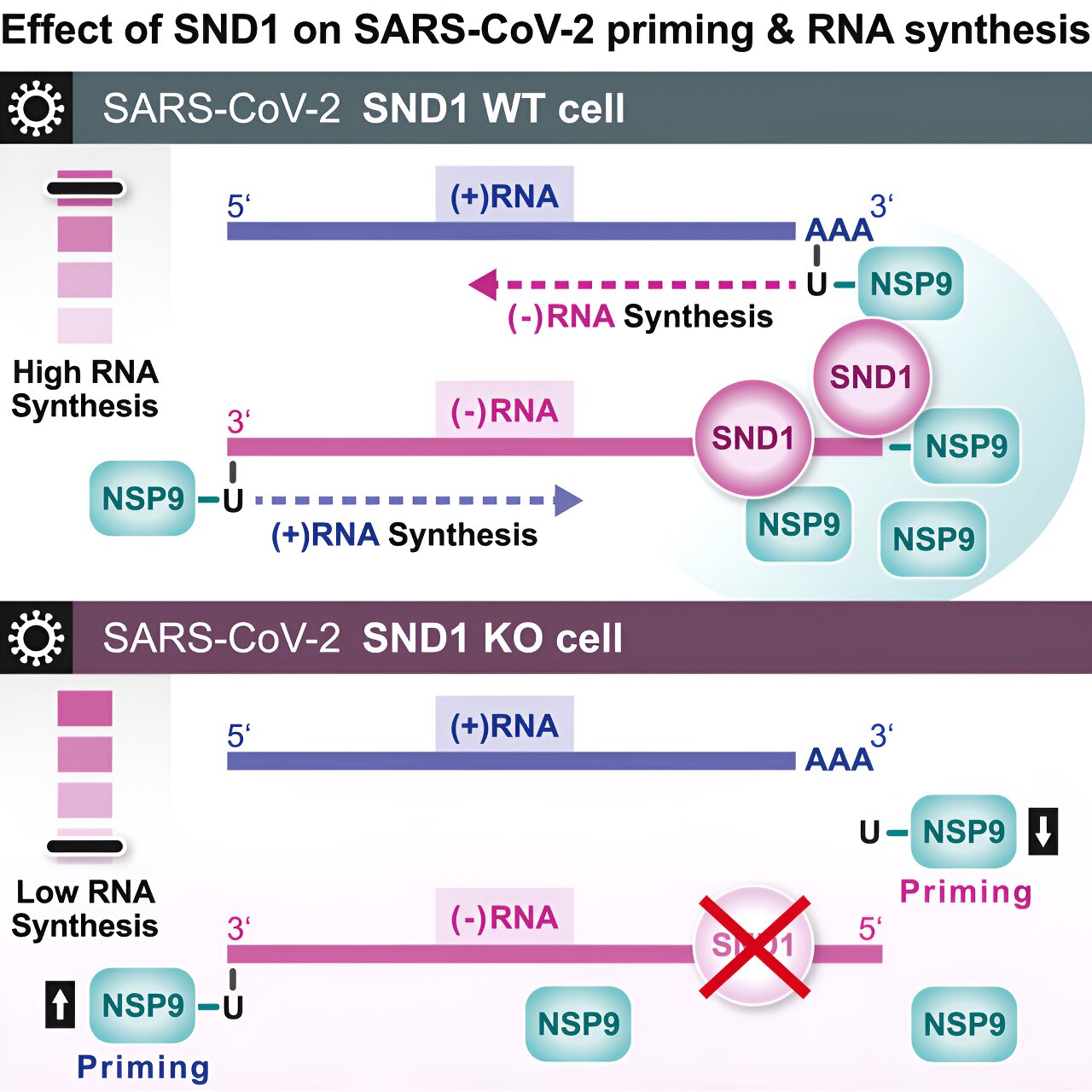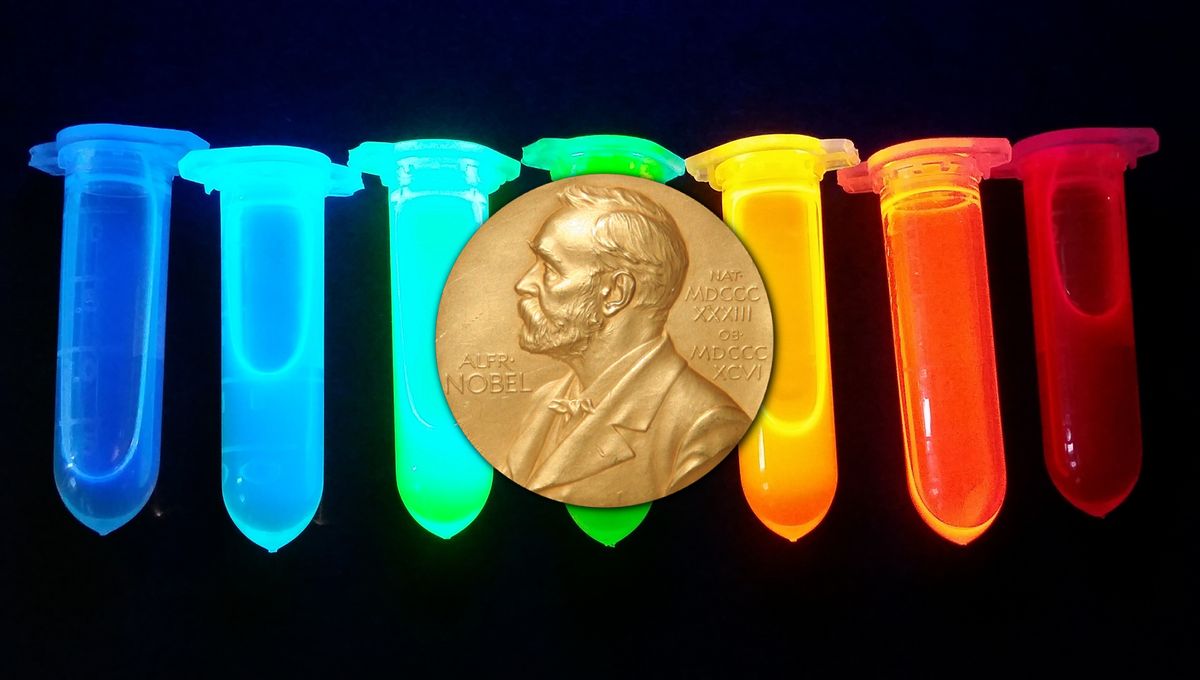The replication process of SARS-CoV-2, the virus responsible for COVID-19, is still not fully understood. However, groundbreaking research from the Helmholtz Institute Würzburg has shed light on a crucial aspect. In a study published in the journal Cell, scientists have discovered that a human protein called SND1 works in tandem with the viral protein NSP9 to kickstart the virus’s genetic replication program in infected cells.
What’s truly surprising is that NSP9 acts as the first building block in the production of new viral genetic material. This finding not only has significant implications for further basic research but also opens up new possibilities for the treatment of COVID-19 and other infectious diseases caused by coronaviruses.
SARS-CoV-2 has a unique genetic makeup composed entirely of ribonucleic acid (RNA). This RNA contains instructions for creating new copies of the virus. When the virus infects a host cell, it hijacks the cell’s gene expression machinery to replicate itself. This involves the creation of various types of viral RNA, each playing a specific role in the virus’s replication cycle.
The research conducted at the Würzburg Helmholtz Institute for RNA-based Infection Research focused on understanding the interactions between different SARS-CoV-2 RNAs and the proteins of the human host cell. While scientists have gained insights into the functions of the virus’s own proteins, they are still unraveling how proteins from the infected human cell affect the virus’s ability to replicate.
The team discovered that a host protein called SND1 recognizes a specific type of viral RNA known as negative-sense RNA. This RNA acts as a template for amplifying new viral RNA molecules but is not translated into protein. SND1 turned out to be essential for the virus to effectively copy viral RNA within human cells. It not only binds to the negative-sense viral RNA synthesis templates but also interacts with a viral protein called NSP9.
The researchers made a crucial observation: stimulated by SND1, the virus kickstarts its RNA production by using its own protein NSP9 as a primer. In other words, NSP9 serves as the first building block of the growing RNA chain.
This study not only identifies SND1 as the first host protein known to recognize negative-sense viral RNA but also demonstrates that the binding of a human protein to SARS-CoV-2 RNA, along with its interaction with NSP9, plays a vital role in initiating viral replication. Without SND1, the initiation of viral RNA synthesis by NSP9 is impaired, resulting in less efficient production of viral RNA.
These findings are groundbreaking and call for an update in coronavirus textbooks. The research team, which includes scientists from various research institutions in Germany and the U.S., believes that these findings could lead to new therapeutic targets in medicine. Additionally, there is evidence suggesting that rare sequence variants in the SND1 gene may be linked to severe COVID-19 infections and hospitalizations, warranting further investigation.
Furthermore, it will be intriguing to explore whether SND1 and NSP9 function similarly in other coronaviruses or if SND1 also stimulates the replication of other RNA viruses that cause human diseases, such as influenza or respiratory syncytial virus (RSV). Future research will also delve into the molecular features driving SND1’s binding to negative-sense RNA of SARS-CoV-2 and other coronaviruses.
This groundbreaking study not only enhances our understanding of SARS-CoV-2 replication but also paves the way for potential therapeutic interventions and further exploration of the intricate mechanisms underlying viral infections.








